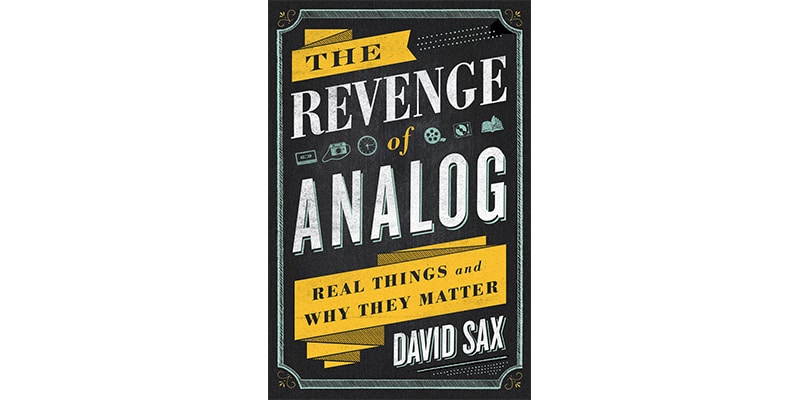|
It’s out! The most important book that you can’t get in most bookstores (because the Federal Government is undeniably incompetent at distributing printed information). I stayed up until 3 AM reading it. Do you have your copy?
“It” is the US government’s annual “bible” of statistics, the Statistical Abstract of the United States.
Want to know whether digital camera demand is faster growing than flat screens? Were they up or down? Which are the largest metropolitan areas in the United States? Did Las Vegas or Austin grow faster in recent years? Was the long-running growth of the restaurant industry stopped by the recession? How many people work in the hotel industry? What is the ethnic makeup of Texas? What is going on with corn production or oil refining? What are the trends over five or ten years? Which countries provide the most tourists to the US? What states and cities do they visit? What about government finance?
Almost 1000 pages of data, of answers – and thousands of important questions arise, questions you may need to be asking to understand the world around you and your own venture.
How can people live without this book? I have them going back about 40 years.
The visionary who made Sears a national retail chain, Robert Wood, reportedly kept a copy beside his bed so he could read a table every night. The President of the University of Chicago has in his office the long term ("historical statistics") version which is several volumes of historical data on the same and similar topics.
Warning: all or virtually all the data in the book is available free (and updated) at census.gov. I go there about twice a week. But you can’t browse and discover there as easily as you can in the book form, so you need both. Start at the front of the book and work your way through it. Stop on each table and visualize the data – the corn fields or puppies or steel mills or grade school Hispanic children or whatever – and think about what it means.
Warning #2: some of this data takes time to gather. In some cases the most recent data is 2006, while in others there are future projections. But all of it is the latest available as of December 2009. I use this book to see longer term trends, the ones that count most, not quarterly numbers.
I wish someone would take all this data, which is largely raw numbers, and add charts, add percentage growth numbers, and add percentage mix (share of total) numbers, which are absent from most of the topics in the book. I guess they figured it was fat enough. This is a great idea for an entrepreneurial publisher or even a website. I will let you have the idea for free!
If you are at all serious about understanding the world – there is almost no subject untouched, even sports and international comparisons – then you must get this book and take the time to think about what it says, how it affects your life.
|
|











